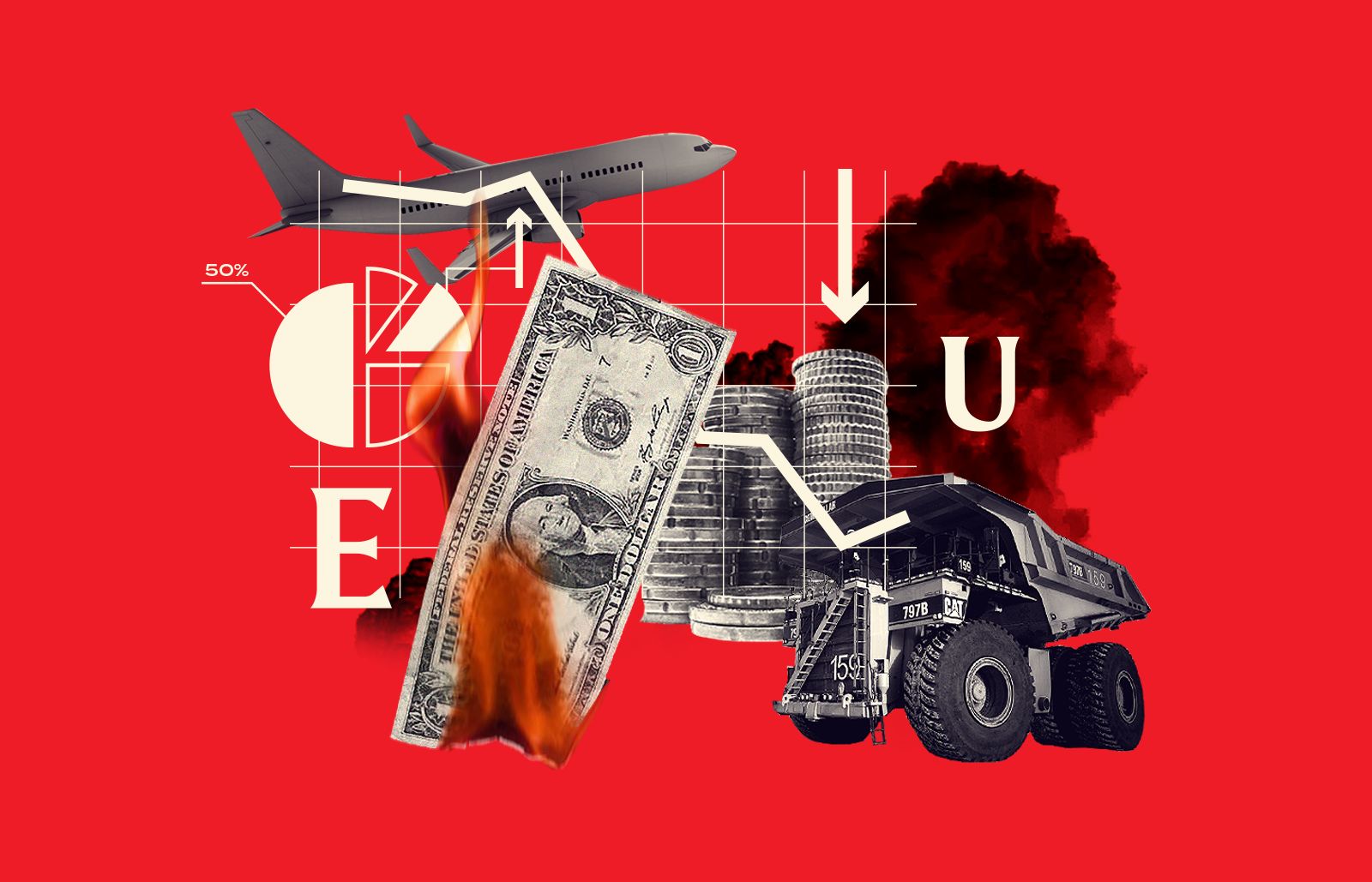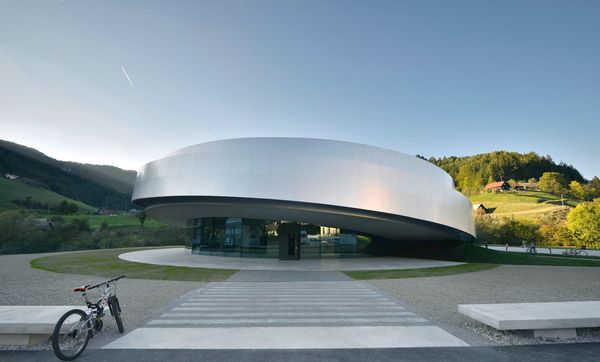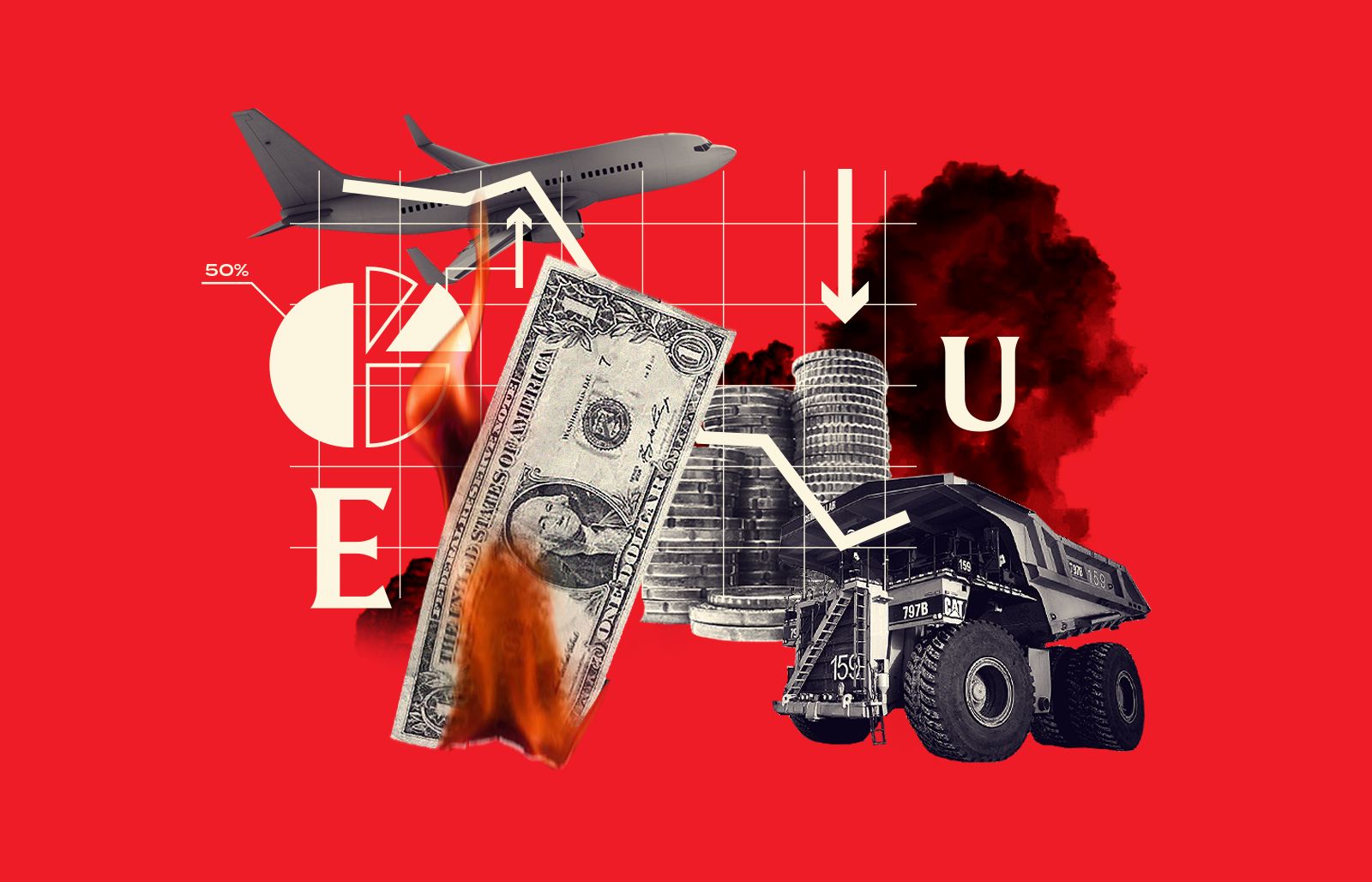Rising inflationary pressures, stuck supply chains, Western sanctions, a collapsing Russian economy and the situation and opportunities for our region. We talked about these topics with Dr. Karsten Staehr, Professor of Macroeconomics from the Tallinn University of Technology, Estonia.
The impact of EU sanctions has already been felt radically in Russian financial markets, and regional currencies in Central and Eastern Europe are not performing well. What could be the initial impact of the sanction’s packages on the region’s economy?
The Russian invasion of Ukraine is first and foremost a humanitarian disaster, where innocent people are being killed or injured, and where millions have had to flee their homes. In this context the economic consequences may seem trivial. It should be remembered however that the West is not guaranteed to stay united, and serious economic setbacks may make the current, almost universal support for sanctions against Russia and Belarus wobble. The sanctions are expanding each day, and so the consequences for the Central and Eastern European countries are difficult to pin down. The most immediate effects are likely to stem from the restrictions on exports, the exclusion of some Russian and Belarusian banks from the SWIFT money transfer system, and the freeze of the assets of Russian oligarchs. Exports from Central and Eastern Europe to Russia are relatively small though, so the overall effect of the sanctions is likely to be modest in Central and Eastern Europe. Individual companies and sectors that are highly exposed to Russia may run into problems, but the companies will of course seek markets in countries that are not under sanctions. One sector that will suffer as Russians lose access to foreign currency is the tourism sector in cities such as Budapest, Prague, and Tallinn, but the effects will again be small as the Covid-19 pandemic had already reduced the flow of tourists to a trickle. The sanctions have increased uncertainty, but the war itself and the large number of refugees arriving in many Central and Eastern European countries are probably having a greater impact on it. The elevated uncertainty shows up in stock market declines and exchange rate depreciations, but these effects are likely to be temporary and may be reversed if the war ends relatively soon. The fairly benign picture of the economic fallout in Central and Eastern Europe will of course change dramatically if the war spills over to countries neighbouring Ukraine.
What is the situation in Estonia?
Estonia shares a border with Russia but even so the estimates of the effect of the war and the sanctions are not alarming. Around 8% of total exports go to Russia and 10% of total imports come from Russia, so even dramatic reductions in trade with Russia will be manageable. Estonian exporters have experienced sudden reductions in trade with Russia before, in the Russian financial crisis of 1998, and from the sanctions imposed on Russia in 2014 after the annexation of Crimea. A question mark hangs over the Estonian energy supply. The bulk of what Estonia buys from Russia is gas and oil. Oil can be imported from other places, but gas cannot, since the gas pipelines in the region are not well developed. Given that consumption of gas is relatively low in the summer, a total stop to gas imports may be manageable until the autumn, but solutions would need to be found before the winter. Estonian banks have very little exposure to Russian customers, and the central bank finds that the banks should be able to absorb any losses that may realistically occur.
What economic policy changes might these effects trigger in the CEE region and in Estonia?
The most immediate policy change is the introduction of numerous sanctions on Russia and Belarus. Most of these are decided at the level of the EU, but the national governments must enact the changes and ensure compliance. Russia has already started introducing countersanctions and more are certain to follow. The EU and national governments may need to take measures to soften the effects of the sanctions and countersanctions. In the short term, fiscal policy is likely to be relaxed. There will be increased spending on aid to Ukraine to house the large number of refugees, and to compensate sectors that are particularly affected by the sanctions and countersanctions. Additional public spending will also be needed if the economies enter deep recessions. Most countries in Central and Eastern Europe will be able to manage some extra spending as their public finances are in better shape than those in many other EU countries. There will also be challenges for fiscal policy in the longer term. Defence spending will be raised given the changed security situation in Europe. Equally important, the Central and Eastern European countries must reduce their dependence on Russian energy, and this will be a complex and expensive process. New sources of energy must be found, so large investments will be needed in wind turbines, solar panels, and biogas. The Central and Eastern European countries must also integrate more closely into European energy networks, so electricity grids must be expanded, and new gas and oil pipelines must be built. The process of establishing a greater degree of energy independence is especially challenging in Estonia and the other Baltic states because the countries were earlier fully integrated into the energy system of the Soviet Union, and they are in the geographical periphery of Europe. The war has come in an already high inflationary environment and the conflict is adding further upward pressure to the already high prices of energy commodities, agricultural products such as wheat, maize, and inputs such as fertilisers, and raw materials such as aluminium, copper, rare metals. Uncertainties about Russian purchases of raw materials could disrupt global supply chains, which have not been running smoothly.

How deep an economic crisis could this cause in the region? What role can the region play in these changing economic relations?
The invasion of Ukraine has already led to dramatic rises in commodity prices, including the prices of energy and many agricultural products. The dynamics of future prices are difficult to forecast but further increases cannot be ruled out if the war intensifies. The large rises in the oil price in 1973-74 and again in 1979-80 led to deep recessions and high inflation in Europe and the USA, and the risk of something similar happening now cannot be ruled out. The risk is probably smaller than it was in the 1970s. The European and North American economies are much less dependent on oil and gas these days than they were in the 1970s. This is because the role played by the service sector in the economies is much larger, and also because regulation has cut energy consumption in industry and transportation. Moreover, the economies in Central and Eastern Europe have shown that they are flexible and able to adjust to changing circumstances. This has most recently been demonstrated during the Covid-19 pandemic, from which the overall effects have been relatively small.
Market uncertainties are putting devaluation pressure on the currencies of the smaller non-eurozone Eastern European countries. The expected depreciation will fuel further inflation and worsen our debt rating risk, making it more expensive for the country to borrow. What monetary policy changes might this situation bring?
The war in Ukraine and the rises it is causing in the prices of energy, raw materials and food are likely to lead to higher inflation in Central and Eastern Europe, and this comes on top of the already substantial inflation pressure that emerged towards the end of 2021. Until the start of the war, it was anticipated that the high rates of inflation were temporary and that they would come down in 2022, but this is no longer the case. This outlook for Central and Eastern Europe is extraordinarily challenging for economic policy-making in the region, and especially for monetary policy. The countries in Central and Eastern Europe that are members of the euro area or have tied their currencies to the euro will have to await the decisions made by the European Central Bank (ECB). The decision on Thursday 10 March indicates however that the monetary policy stance of the ECB will remain focused on its 2 per cent inflation target. The countries with independent monetary policies face a complicated balancing act. The high rates of inflation would normally be followed by tighter monetary policy in the form of higher interest rates or other measures, but the fear of a deep recession and the need to maintain financial stability point in the opposite direction. The decision-making will have to be flexible and adapt continuously as new information becomes available.
Sanctions imposed by the West may pose new economic risks, give a further boost to Russia’s policy of economic self-sufficiency, thus contributing to Russia’s isolation from the world economy and further strengthening political and economic relations between Russia and China. Can such isolation work in a globalised world? Is it possible that such a multipolar arrangement will provide the region with an opportunity for further development, or is a recession inevitable?
The Russian economy in many ways resembles other economies that are dependent on commodity exports. Russia extracts and sells oil, gas and raw materials and imports high-tech machinery, transportation equipment and various consumer products. This industry structure means that self-isolation will be difficult and costly in the short term. Factories will lack spare parts, aeroplanes and cars will be in short supply, and Western consumer products will disappear from the shelves. The negative consequences for the Russian economy may not be lasting. It might in practice be possible to circumvent sanctions in various ways. Moreover, Russian manufacturing industry has developed rapidly in recent years in response to a policy of import substitution and domestic production that was introduced after Western countries imposed sanctions on Russia in reaction to the Russian occupation of Crimea in 2014. A closer economic relationship with China may be a means to break the Russian dependence on Western Europe and the USA. Both China and Russia are post-communist countries with autocratic rule, and they already have ongoing cooperation in energy and in high-tech areas such as aircraft design, military systems and computer chips. It would however take time to scale up the economic and scientific cooperation between the two countries; Russian trade with Europe and North America is three to four times larger than its trade with China.


A traveling playground to reduce screen time

Diébédo Francis Kéré's work has been recognized with the 2022 Pritzker Architecture Prize










